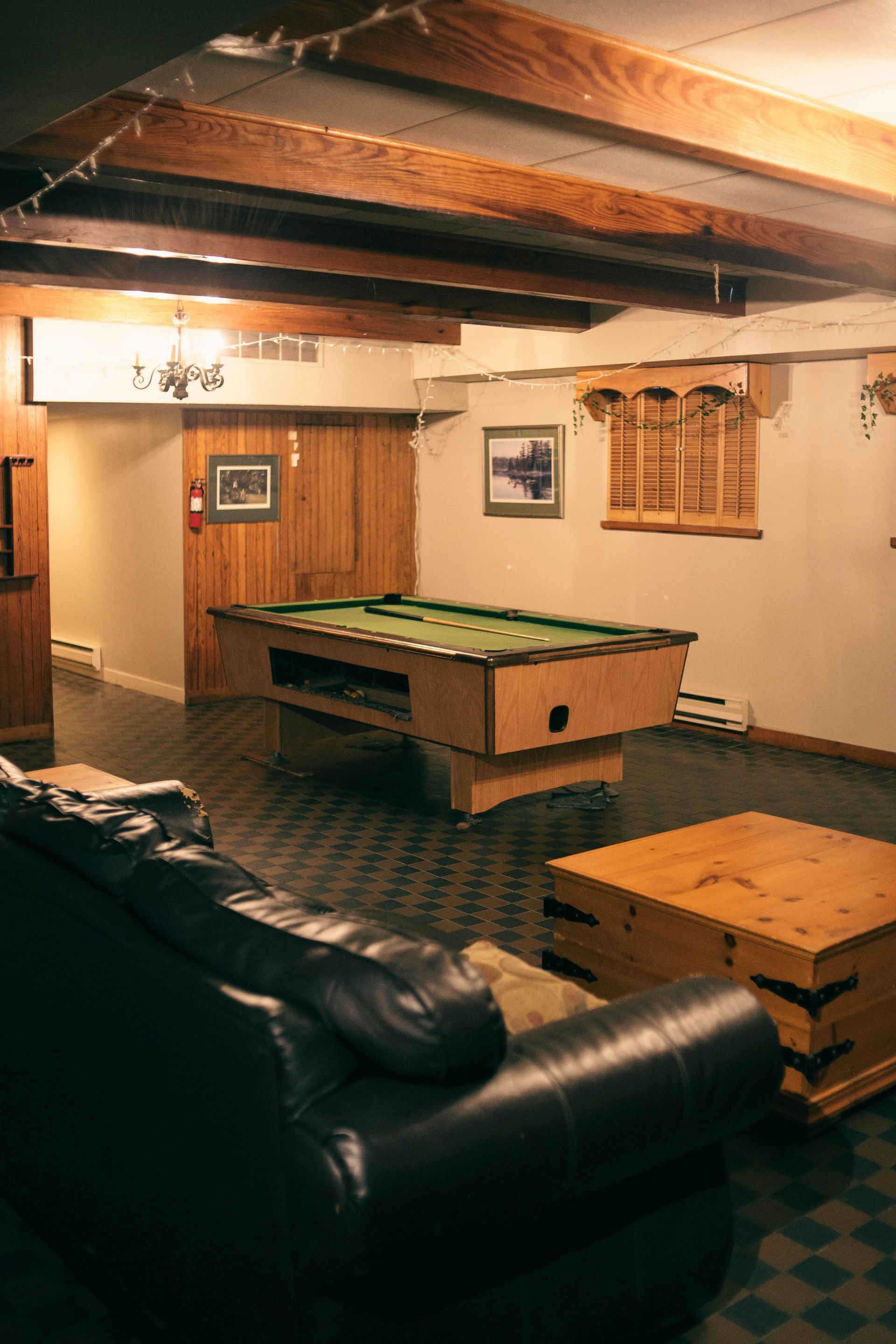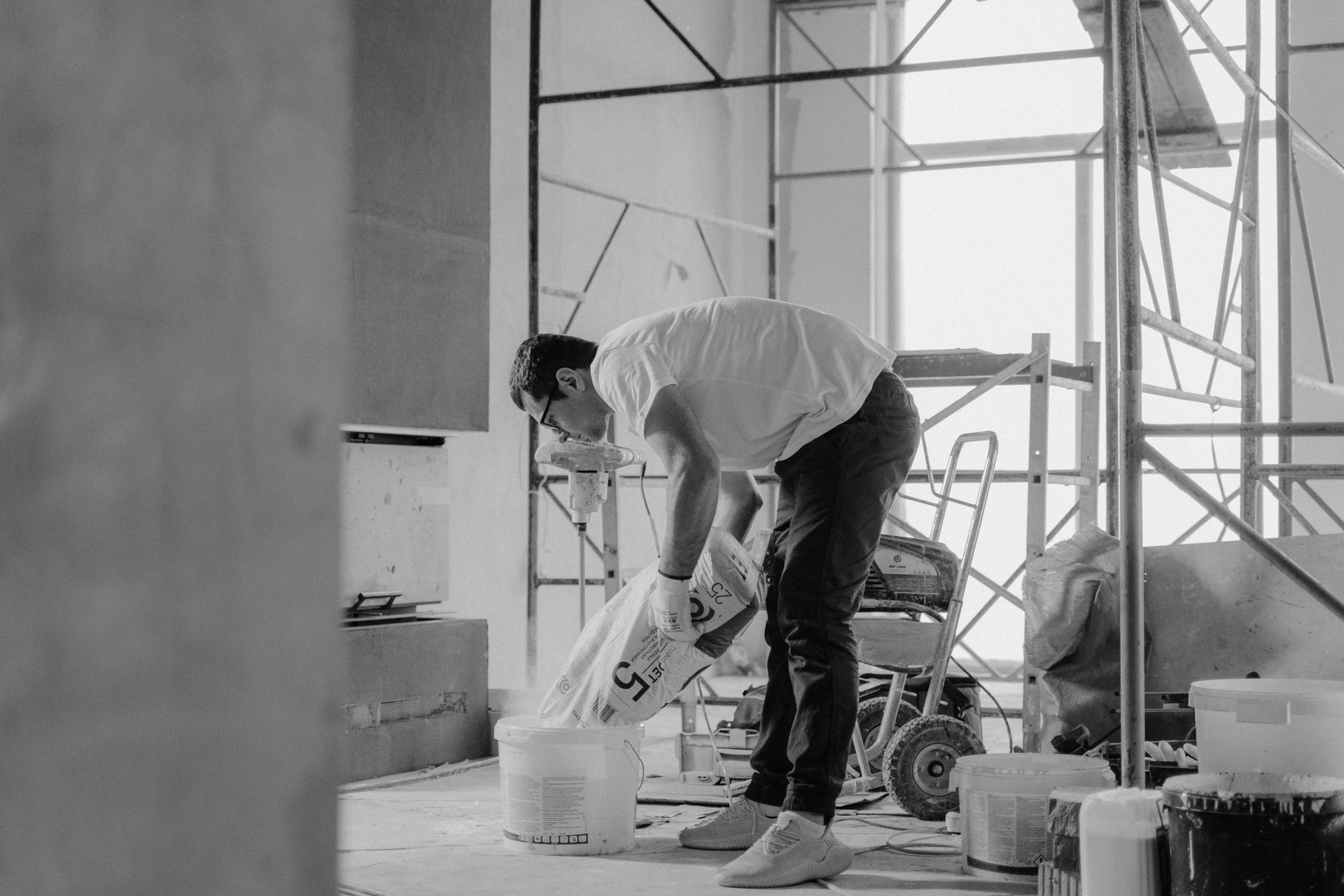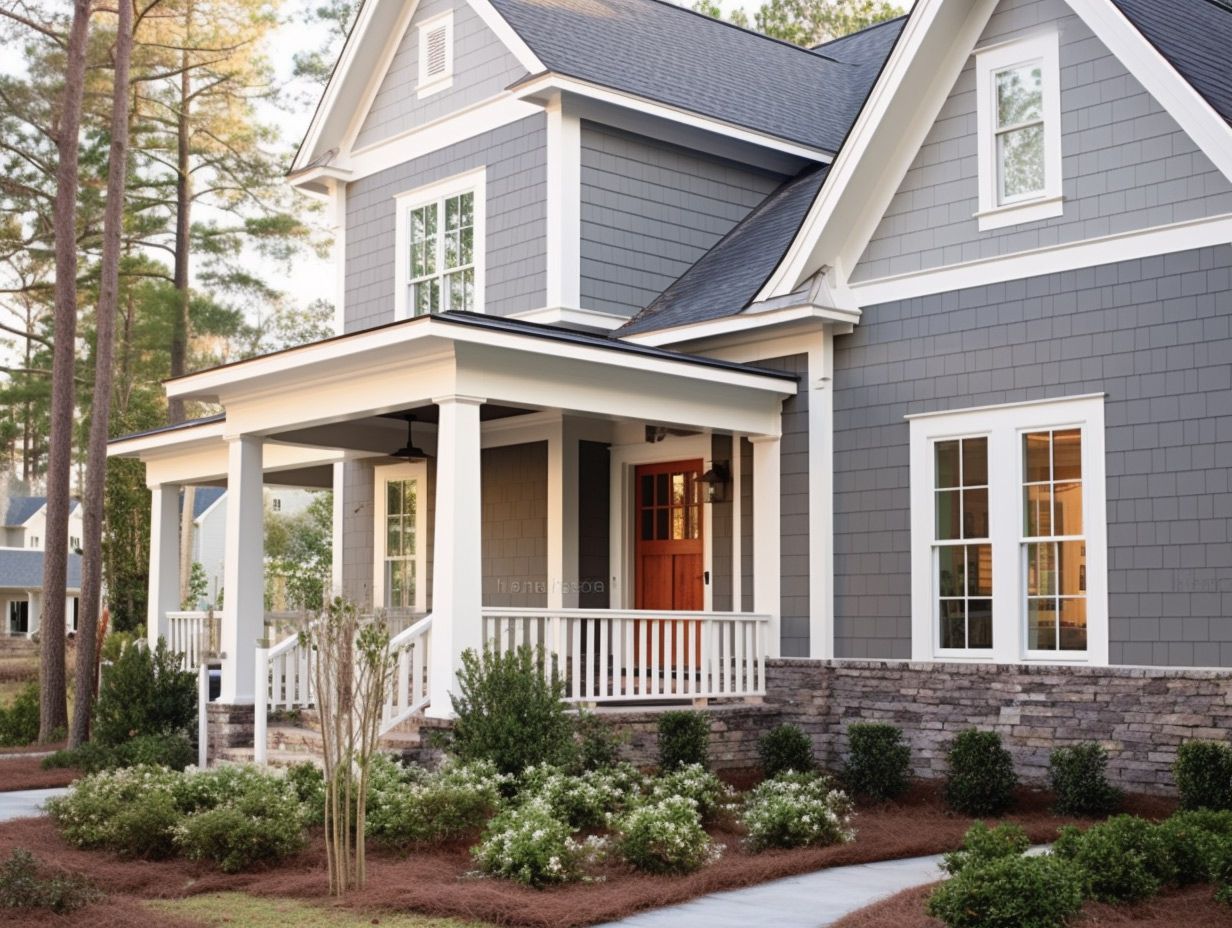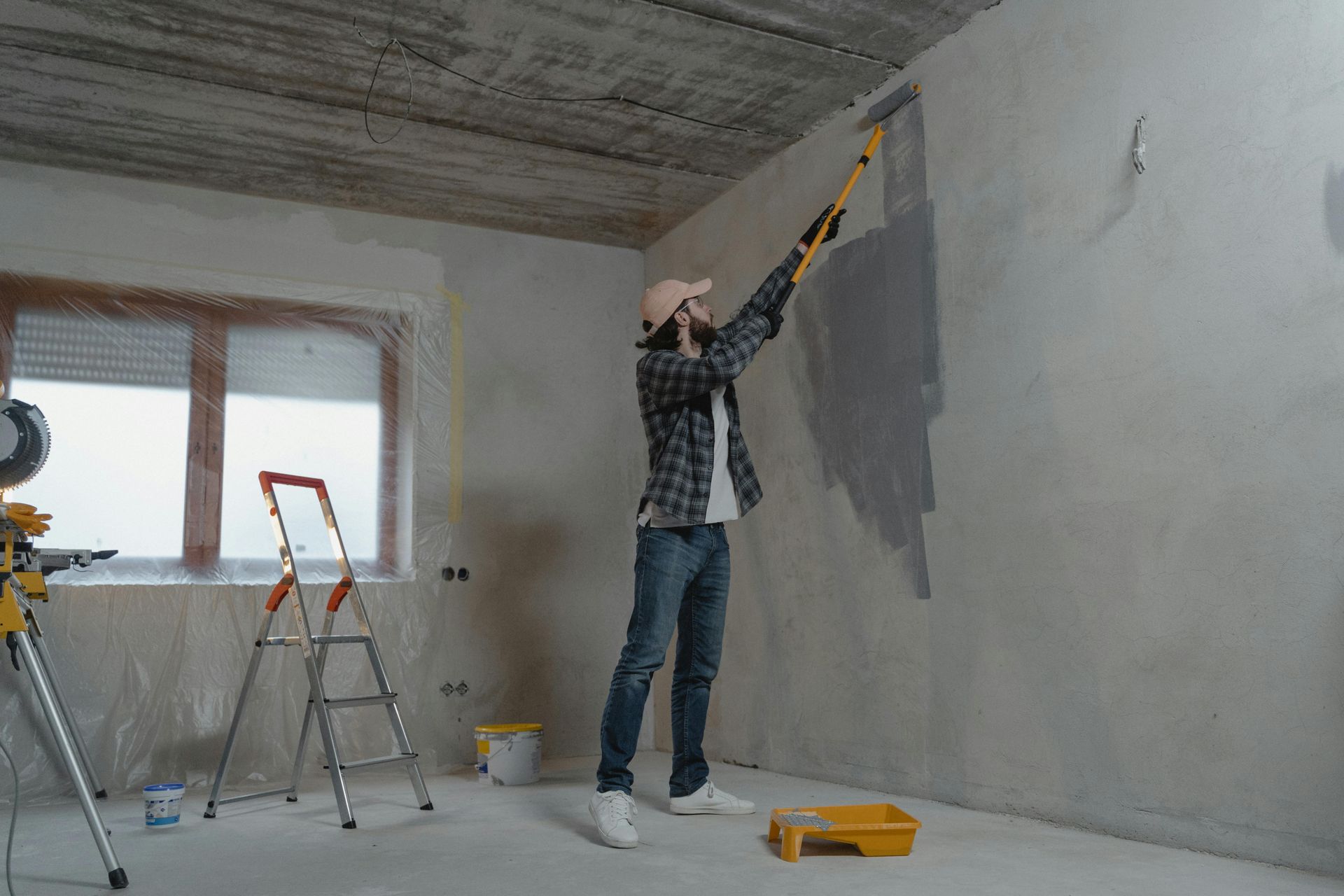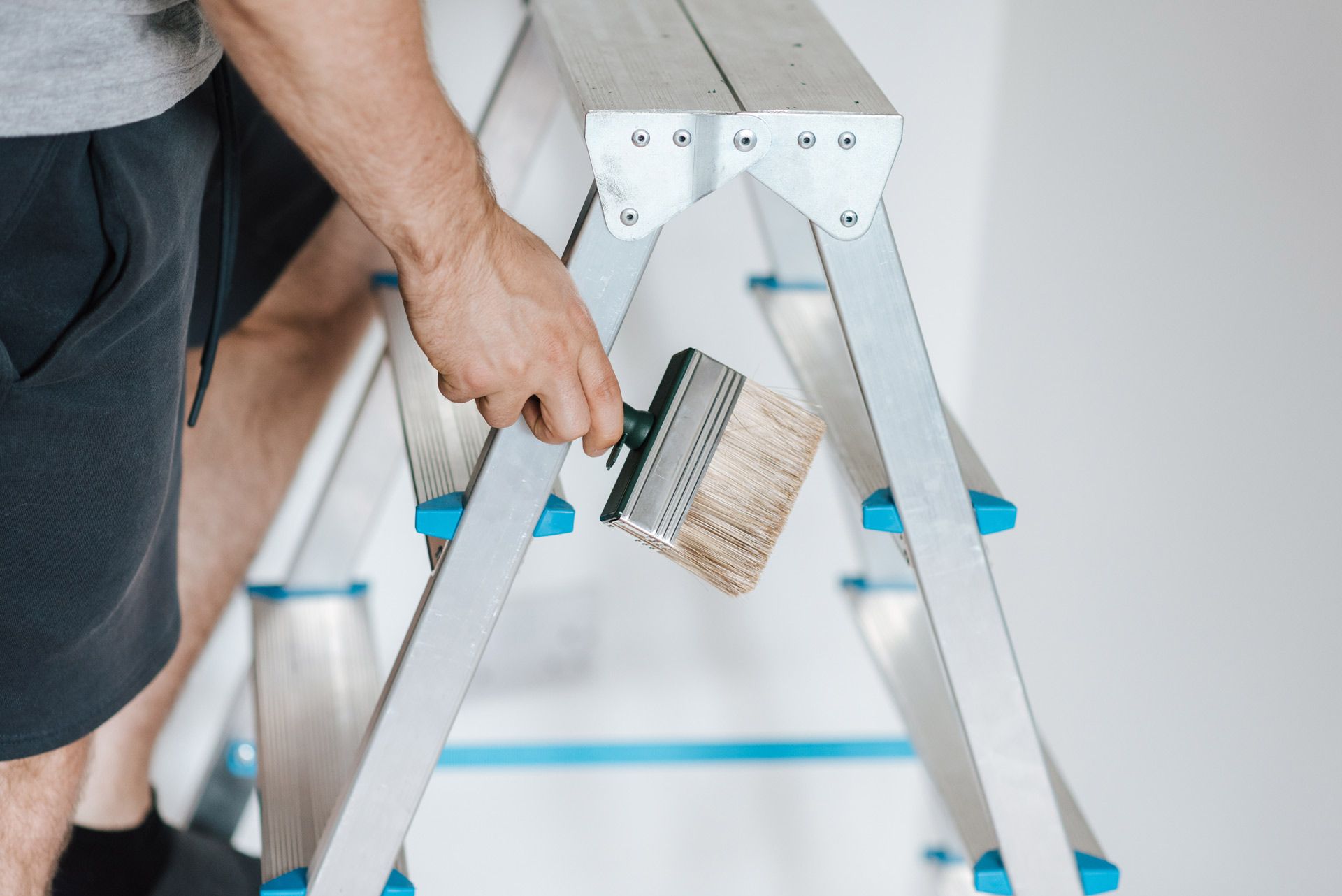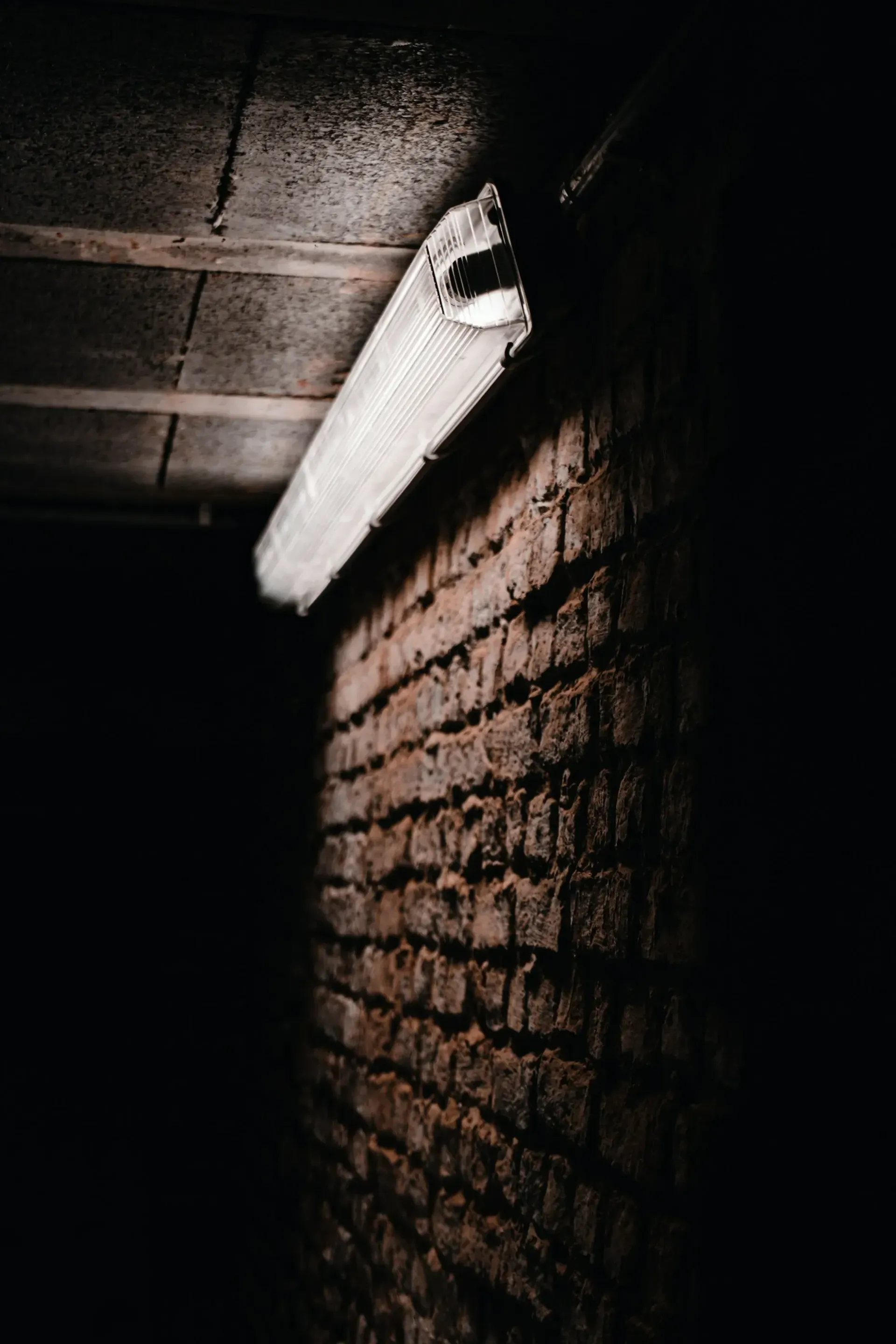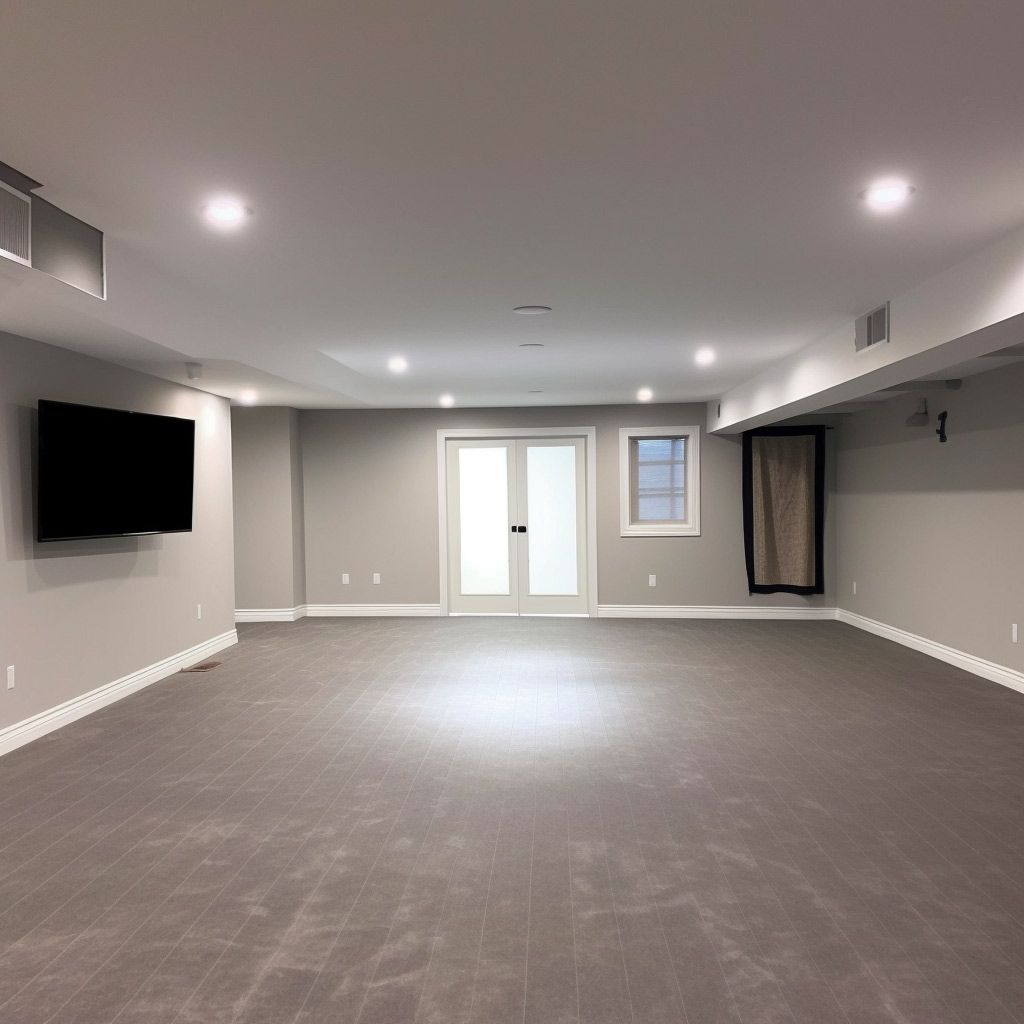
The Budget Trap of Basement Finishing
Finishing your basement sounds like a great way to add space and value to your home. But if you’re not careful, the costs can quickly spiral out of control. Many homeowners dive in without knowing the full picture, only to face unexpected expenses that blow their budget.
So, what are the hidden costs of basement finishing? The biggest surprises come from moisture problems, code upgrades, structural changes, electrical and plumbing work, insulation needs, and last-minute design upgrades. These extra costs can add thousands to your project if you don’t plan ahead.
The good news? You can avoid most of these surprises with the right preparation. This guide will break down the most common hidden costs and show you how to stay on budget. With smart planning, you can turn your basement into the perfect living space—without overspending.
The Most Common Hidden Costs That Surprise Homeowners
Finishing a basement isn’t just about putting up drywall and picking out flooring. There are many hidden costs that homeowners don’t see coming. If you’re not prepared, these surprises can add thousands of dollars to your project. Here are the biggest budget breakers and how to avoid them.
Unseen Moisture Problems & Waterproofing Costs
Basements are naturally damp, but many homeowners don’t realize the full extent of moisture issues until after they start renovations. If water leaks in, it can cause mold, mildew, and structural damage.
Unexpected Cost Impact
Waterproofing can cost anywhere from $500 to $10,000, depending on the severity. You may need sump pumps, drainage systems, vapor barriers, or professional sealing to keep your basement dry.
How to Avoid It
Get a moisture test before starting. Look for cracks in the foundation and signs of past water damage. Investing in waterproofing early can save you from costly repairs later.
Code Compliance & Permit Expenses
Not all basements are ready to be finished. Building codes may require upgrades before your space is considered safe. You might need additional electrical work, plumbing updates, or even emergency exits.
Unexpected Cost Impact
Permit fees range from $500 to $2,000, and code upgrades (like electrical panels or egress windows) can add another $2,000 to $7,000 to your budget.
How to Avoid It
Before starting, check with your local building department to understand permit requirements. Hire a contractor who knows the codes and can plan for compliance from the start.
Structural Adjustments & Reinforcements
If your basement was never meant to be a living space, you might need some structural changes. Load-bearing walls, ceiling height issues, and foundation concerns can all lead to unexpected expenses.
Unexpected Cost Impact
Adjusting load-bearing walls can cost $3,000 to $10,000. Raising a low basement ceiling? That could add $10,000 or more to your project.
How to Avoid It
Have a structural inspection before starting. A professional can tell you if your basement needs reinforcements and help you budget accordingly.
Electrical & Plumbing Upgrades You Didn't Expect
Older homes often have outdated electrical systems that aren’t built for modern appliances. If you’re adding lighting, outlets, or a bathroom, you might need major upgrades.
Unexpected Cost Impact
Electrical panel upgrades can cost $1,500 to $4,000. Running new plumbing for a bathroom or wet bar? Expect to pay $3,000 to $10,000.
How to Avoid It
Get a detailed electrical and plumbing assessment before starting. Make sure your home’s systems can handle the extra load.
Insulation & Energy Efficiency Costs
Many basements aren’t properly insulated, which can lead to uncomfortable temperatures and high energy bills. If you want your basement to stay warm in winter and cool in summer, you may need to upgrade insulation.
Unexpected Cost Impact
Insulating a basement can cost $1,500 to $5,000, depending on the materials used. Spray foam is more effective but also more expensive.
How to Avoid It
Factor insulation into your budget from the start. Choose energy-efficient options that will lower your heating and cooling costs in the long run.
Design & Customization Upgrades That Add Up
At first, you may plan for basic finishes. But once the project is underway, you might start adding high-end flooring, custom lighting, or built-in storage. These upgrades can quickly push your costs beyond your original budget.
Unexpected Cost Impact
Premium flooring, custom cabinetry, and specialty finishes can add $5,000 to $15,000 or more.
How to Avoid It
Set clear priorities before you start. Know where to invest (like moisture control and insulation) and where to save (like simple finishes that can be upgraded later).
How to Finish Your Basement Without Breaking the Bank
Now that you know the hidden costs, the next step is to avoid them before they happen. The best way to stay on budget is by planning ahead, working with the right professionals, and making smart choices. Here’s how to keep your basement project from turning into a financial headache.
Budget Like a Pro: Plan for the Unexpected
No matter how well you plan, surprises can still pop up. That’s why having a contingency fund is crucial.
How to Do It
- Set aside at least 10-20% of your budget for unexpected costs.
- Get detailed quotes from contractors, so you’re not caught off guard.
- Make a
priority list—know what’s essential and what can wait.
Get an Inspection Before Starting
Many hidden costs come from problems you can’t see. A pre-renovation inspection can help you avoid expensive fixes later.
What to Check
- Moisture levels – Look for leaks, cracks, and past water damage.
- Structural integrity – Make sure your foundation and load-bearing walls are solid.
- Electrical & plumbing systems – Find out if you’ll need upgrades before construction begins.
Work with Experienced Contractors (Not the Cheapest Option)
Trying to save money by hiring the cheapest contractor often leads to costly mistakes. A licensed, experienced professional will know how to avoid common basement pitfalls.
What to Look For
- A contractor with basement finishing experience (not just general remodeling).
- Someone who understands local building codes and permit requirements.
- A company with
good reviews and references—check their past work before hiring.
Stick to a Realistic Design That Fits Your Budget
It’s easy to overspend on unnecessary upgrades. Fancy finishes and custom designs can add thousands to your project. Instead, focus on practical choices that won’t break the bank.
How to Save Without Sacrificing Quality
- Choose durable, budget-friendly materials instead of high-end finishes.
- Limit structural changes—moving walls, plumbing, or electrical can be expensive.
- Plan ahead for future upgrades—install basic fixtures now and upgrade later.
Stay on Budget and Finish Your Basement the Right Way
Finishing a basement is a great way to add space and value to your home, but hidden costs can quickly turn a simple project into a financial headache. By planning ahead, setting a realistic budget, and working with experienced professionals, you can avoid expensive surprises. Waterproofing, code compliance, structural reinforcements, and insulation should all be factored into your budget from the start. Careful planning and the right contractor can make all the difference in keeping your project on track.
If you're looking for a trusted general contractor for basement finishing, home remodeling, or painting, MR Home Remodeling has the expertise to get the job done right. Serving Lehi, American Fork, Pleasant Grove, Orem, Provo, Springville, Payson, Santaquin, Park City, Spanish Fork, Highland, and Saratoga Springs, we deliver high-quality craftsmanship and professional service.
Whether you're upgrading your home or need to sell your house fast, we provide reliable solutions tailored to your needs. Contact MR Home Remodeling today to start your project with confidence.

